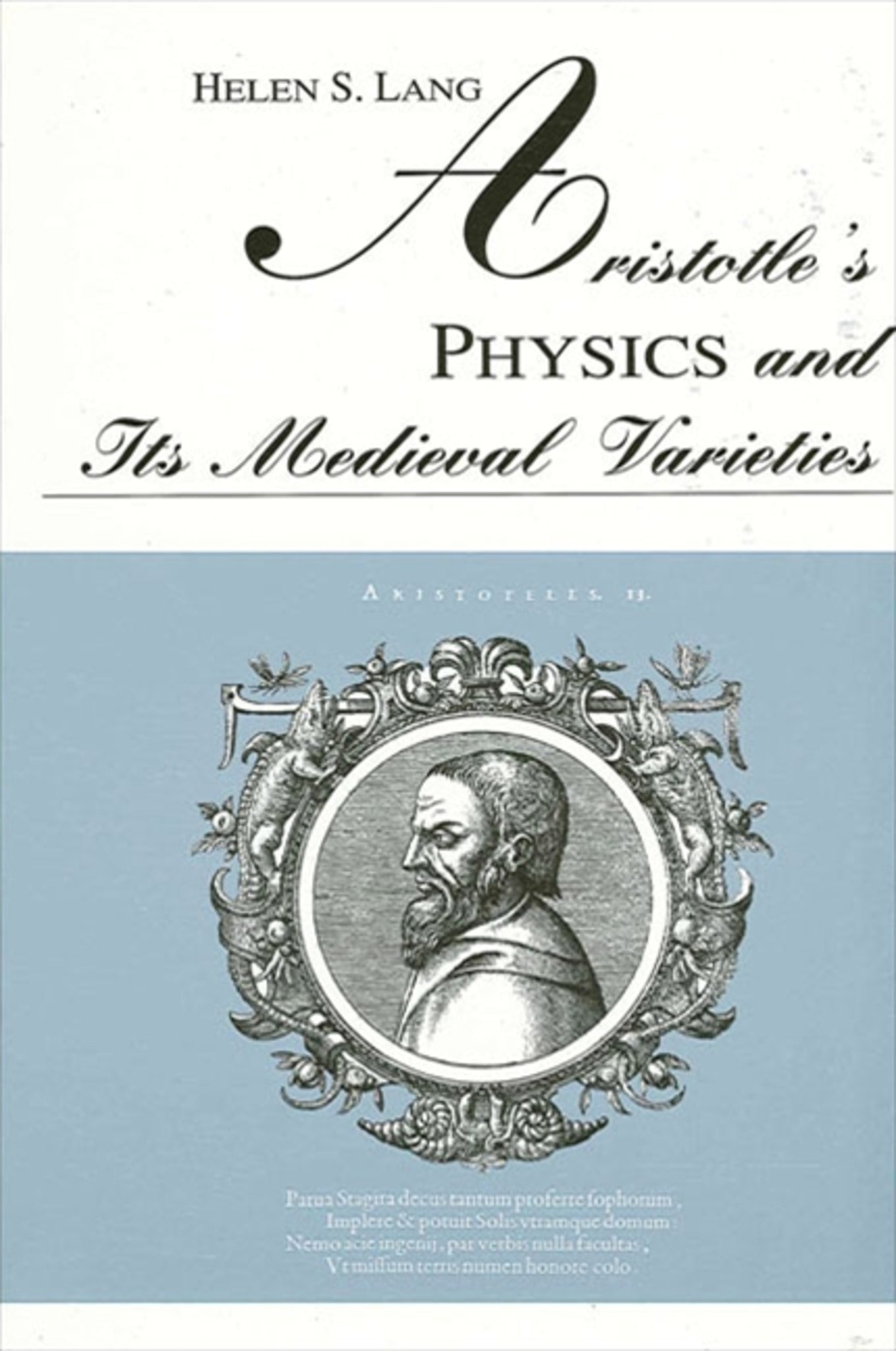We're sorry. An error has occurred
Please cancel or retry.
Aristotle's Physics and Its Medieval Varieties

Some error occured while loading the Quick View. Please close the Quick View and try reloading the page.
Couldn't load pickup availability
- Format:
-
25 August 1992

This book considers the concepts that lay at the heart of natural philosophy and physics from the time of Aristotle until the fourteenth century. The first part presents Aristotelian ideas and the second part presents the interpretation of these ideas by Philoponus, Albertus Magnus, Thomas Aquinas, John Buridan, and Duns Scotus.
Across the eight chapters, the problems and texts from Aristotle that set the stage for European natural philosophy as it was practiced from the thirteenth to the seventeenth centuries are considered first as they appear in Aristotle and then as they are reconsidered in the context of later interests. The study concludes with an anticipation of Newton and the sense in which Aristotle's physics had been transformed.


"This book performs a masterly job, both of exegesis of texts of Aristotle and his later readers, and also of comparing the two sets of texts in order to bring out the significance of the assumptions governing each interpretation and the implications for the history of philosophy in a whole range of important ways." — Catherine Osborne, University College of Swansea
Acknowledgments
Introduction
Part I. Aristotle's Physics
1. Aristotle's Definition of Nature
2. Parts, Wholes, and Motion: Physics 7.1
3. Why Fire Goes Up: An Elementary Problem in Aristotle's Physics
4. Being On the Edge in Physics 8.10
Part II. Its Medieval Varieties
5. Aristotle and Philoponus on Things That Are by Nature
6. Albertus Magnus: Aristotle and Neoplatonic Physics
7. The Structure of Physics for Aristotle, Thomas, and Buridan
8. Duns Scotus: Putting Angels in Their Place
Notes
Bibliography
Index of Names
Index of Subjects



